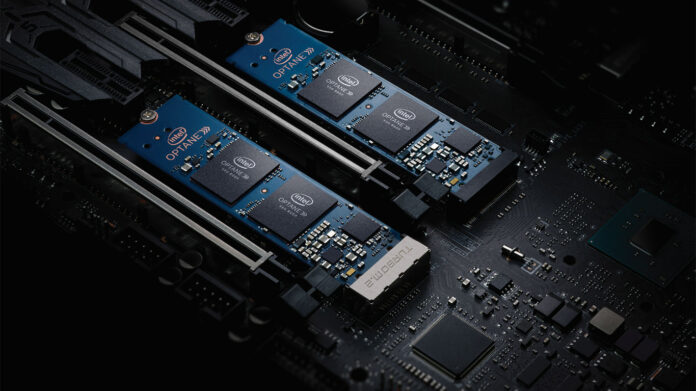
Solid-state drives (SSDs) are touted by many as the future of hard drive storage. Not only are they faster than traditional hard disk drives (HDDs), but they offer superior performance and longevity, too. While there’s no question that SSDs are, generally speaking, better than HDDs, they’re not perfect by any means. Although you’re far less likely to suffer from data loss when using an SSD, there are some common issues that you may encounter.
How do SSDs Work?
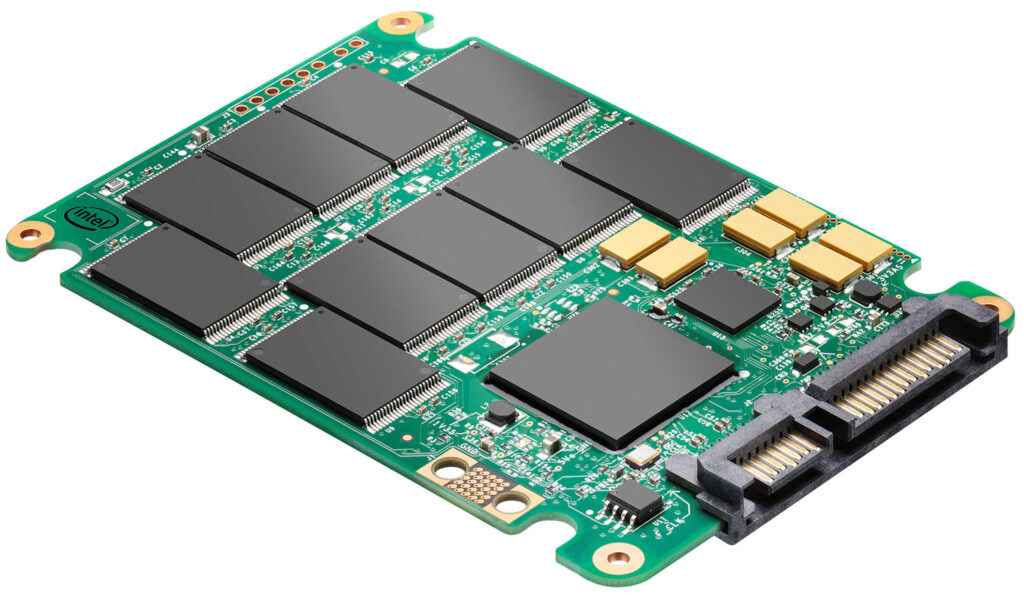
In order to properly understand the issues that affect SSDs, it’s important that you understand the underlying technology at play. Instead of a spinning platter and a mechanical arm for reading and writing, like with traditional HDDs, SSDs actually use a form of nonvolatile storage known as NAND flash memory; similar to the technology seen in USB thumb drives and flash drives.
Since there aren’t nearly as many moving parts within an SSD, there are fewer points of solid-state drive failure (read more) – which ultimately results in greater reliability. However, the inclusion of NAND memory introduces a series of new potential issues, including:
Bad block errors:
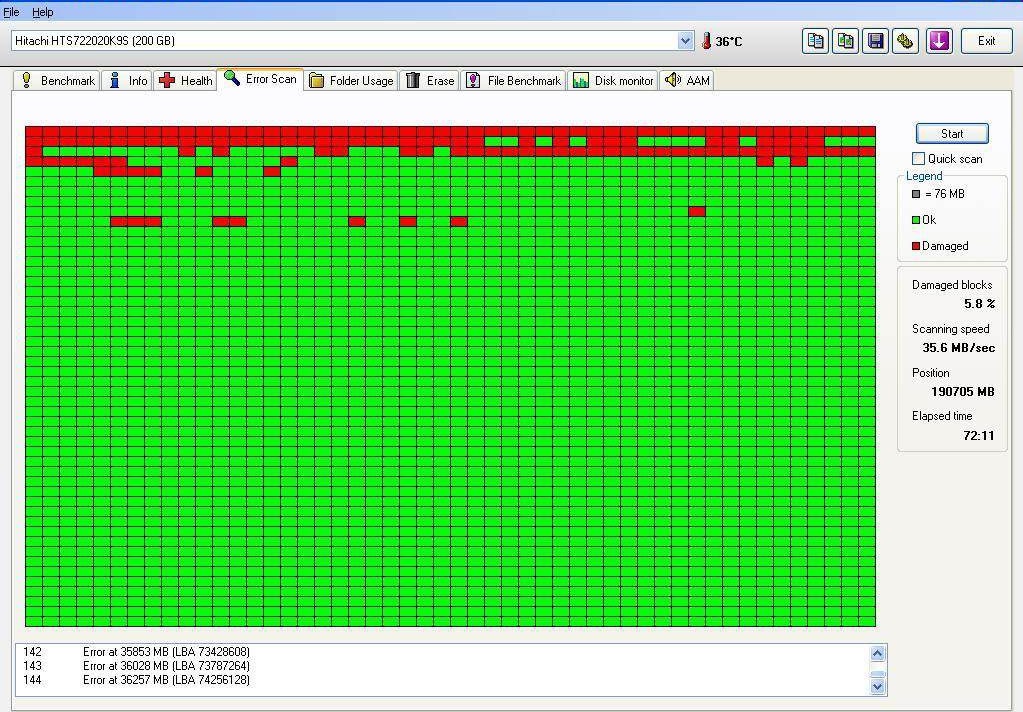
While mechanical HDDs can be affected by bad sectors, which could result in unreadable data, SSD users have to worry about bad blocks. This generally happens when the system is unable to read or write data to the hard drive, which typically occurs during the end of the drive’s lifecycle. However, frequently adding and deleting of files, or frequently moving files to new locations within the drive, can also result in bad blocks.
Read-only errors:
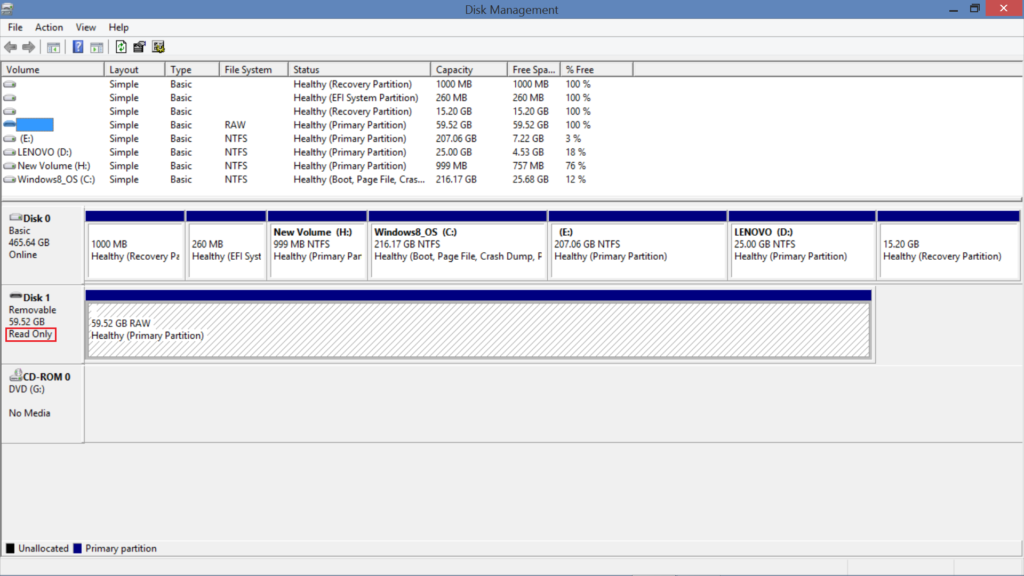
Although it’s incredibly rare, some SSD users have reported that their drives suddenly become marked as read-only. This doesn’t usually result in lost data, as the files can still be read, but new data can no longer be written to the drive. To diagnose this issue, try connecting the SSD to another system. If you can read and write files, you know the problem isn’t with the SSD itself. Conversely, if the drive is still stuck in read-only mode, it might be time to backup your files and find a replacement drive as quickly as possible.
Frequent system crashes:
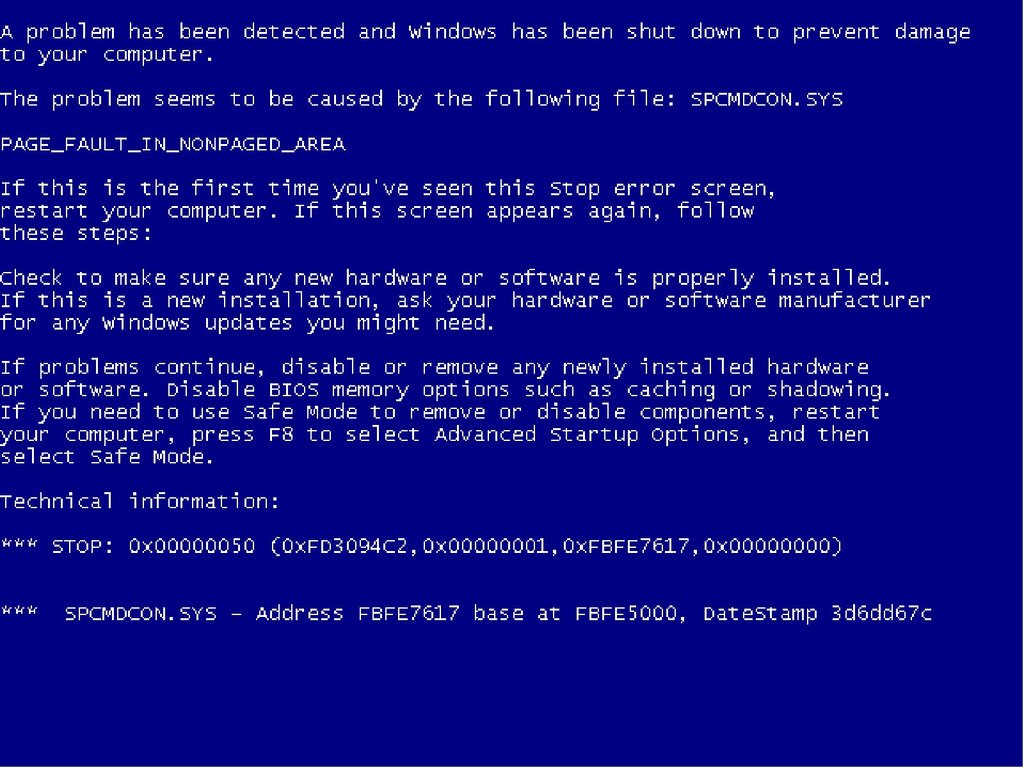
SSDs are meant to strengthen your system’s overall performance. As such, they shouldn’t cause your system to crash. If you do experience unexpected or sudden crashes, especially when trying to boot up your system, your SSD could be the culprit. Bad blocks that contain system files often manifest themselves in this manner, but there are other potential causes, too.
TRIM issues:
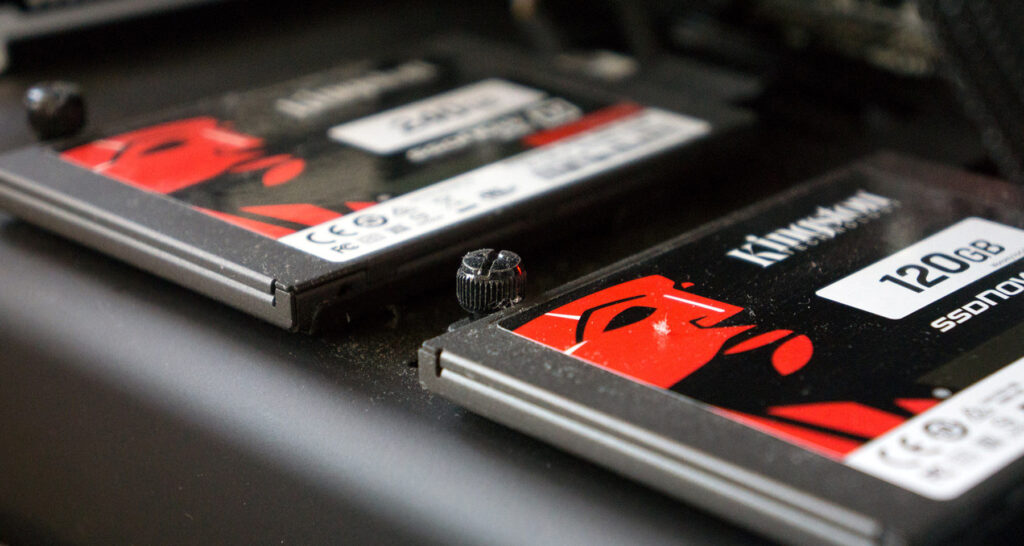
Newer SSDs take advantage of an advanced command known as TRIM, which flags unused blocks of data for internal wiping and reallocation. While this ultimately lets your SSD perform ever faster, it can result in some unexpected issues – especially when trying to recover lost data. If the data in question existed on an unused block that was previously flagged and wiped by TRIM, it might be unrecoverable.
As you can see, SSDs are still susceptible to some advanced errors. While they were originally designed to overcome many of the challenges associated with traditional HDDs, they provide a whole new set of obstacles for you to overcome.














